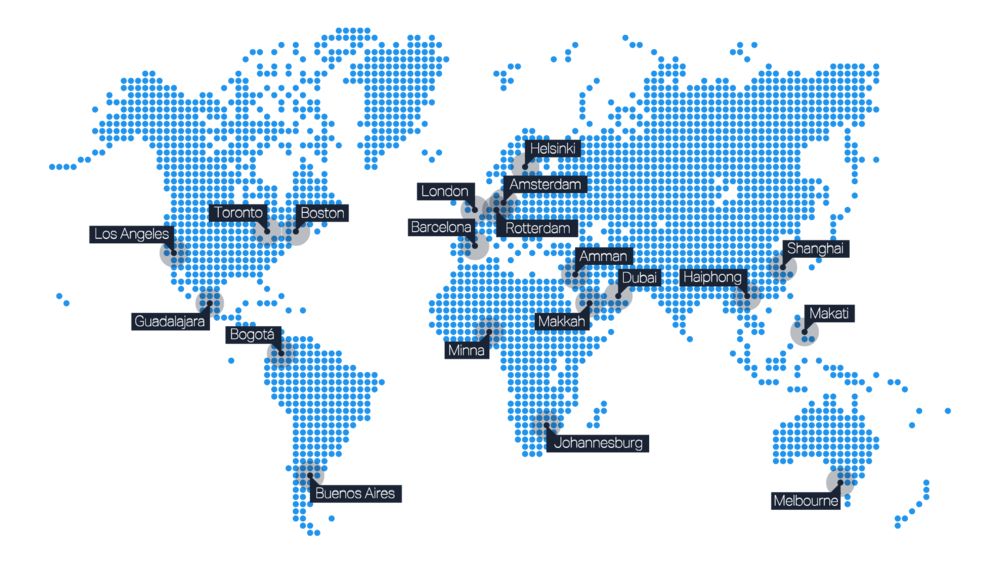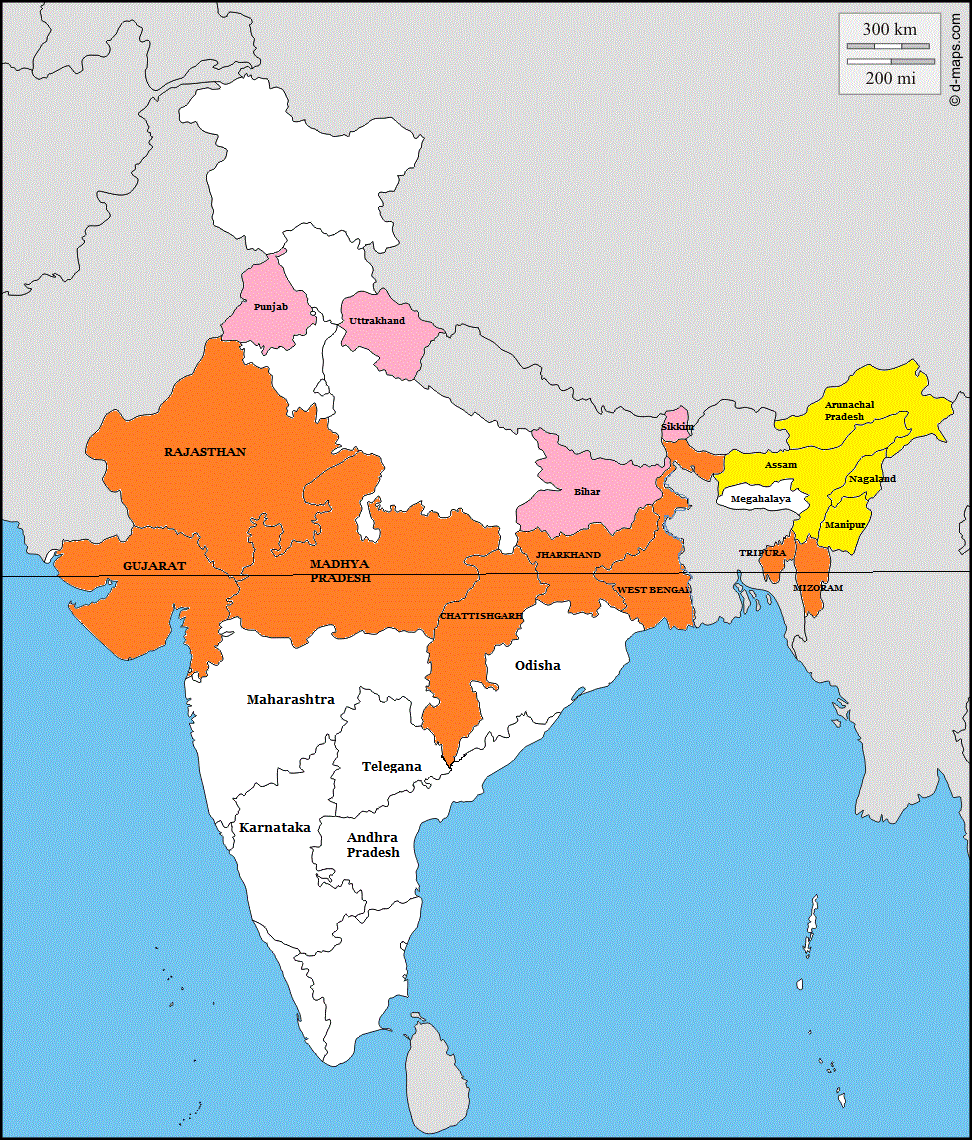Electric and Hybrid Vehicles
- A vehicle is a hybrid if it utilizes more than one form of onboard energy to achieve propulsion.
- Electric cars and trucks use an electric motor powered by electricity from batteries or a fuel cell.
- The key difference between hybrid and electric vehicles is in the sources of fuel and locomotion available to them.
- Hybrid vehicles have two sources available to them— a battery that powers an electric motor and a fuel tank that powers a normal petrol engine.
- Electric vehicles depend upon only the battery in the vehicle.
- Electric cars have the benefit of larger batteries since they do not have to share space with a petrol engine or fuel tank as it is the case in Hybrid vehicles.
- EVs are taxed at 12% while hybrid vehicles are taxed on par with the luxury vehicles at 28% plus 15% cess.
World Autism Awareness Day
- The United Nations General Assembly declared 2 April as World Autism Awareness Day.
- It is to highlight the need to help improve the quality of life of those with autism so they can lead full and meaningful lives as an integral part of society.
- Autism is a lifelong neurological condition that manifests during early childhood, irrespective of gender, race or socio-economic status.
- The term Autism Spectrum refers to a range of characteristics.
- It is mainly characterized by its unique social interactions, non-standard ways of learning, keen interests in specific subjects, inclination to routines, challenges in typical communications and particular ways of processing sensory information.
- The 2018 Autism Awareness Day observance at United Nations Headquarters New York will focus on the importance of ‘Empowering women and girls with autism’.
Cryosphere and NASA’ mission
- The term “cryosphere” comes from the Greek word, “krios,” which means cold.
- Ice and snow on land are one part of the cryosphere.
- This includes the largest parts of the cryosphere, the continental ice sheets found in Greenland and Antarctica, as well as ice caps, glaciers, and areas of snow and permafrost.
- The other part of the cryosphere is ice that is found in water.
- This includes frozen parts of the ocean, such as waters surrounding Antarctica and the Arctic.
- NASA and the German Research Centre for Geosciences are scheduled to launch the Gravity Recovery and Climate Experiment Follow—On (GRACE—FO) mission.
- It will track fluctuations in Earth’s gravity field in order to detect changes in mass, including the mass of ice sheets and aquifers.
- NASA is also scheduled to launch the Ice, Cloud, and land Elevation Satellite-2 (ICESat—2).
- This satellite will use a highly advanced laser instrument to measure the changing elevation of ice around the world, providing a view of the height of Earth’s ice with greater detail than previously possible.
Space Debris
- China’s first space station, Tiangong-1 is crashing down in to Earth.
- The event brought the focus on space junk or space debris.
- Space debris encompasses both natural (meteoroid) and artificial (man-made) particles.
- Meteoroids are in orbit around the sun.
- Most artificial debris is in orbit around the Earth and is referred to as orbital debris.
- Orbital debris is any man-made object in orbit about the Earth which no longer serves a useful function.
- Such debris includes nonfunctional spacecraft, abandoned launch vehicle stages, mission-related debris and fragmentation debris.
- Since 1957, more than 4,900 space launches have led to an on-orbit population today of more than 18,000 tracked objects out of which only 1,100 are functional spacecraft.
- Kessler effect or syndrome is related to the space debris.
- It is a theory proposed by NASA scientist Donald J. Kessler, used to describe a self-sustaining cascading collision of space debris in Low Earth Orbit (LEO).
Phthalates
- Phthalates are a group of chemicals used in food packaging and processing materials.
- Phthalates are used to soften and improve the flexibility and durability of plastics.
- They are known to disrupt hormones in humans and their exposure linked to breast cancer, developmental issues, decreased fertility, obesity and asthma.
- Pregnant women, children and teens are more vulnerable to the toxic effects of hormone-disrupting chemicals.
- Dining out more at restaurants, cafeterias and fast-food outlets may boost total levels of “phthalates” in the body.
- Adolescents who were high consumers of fast food and other food purchased outside the home had 55 per cent higher levels of phthalates compared to those who only consumed food at home.
World Council on City Data (WCCD)
- Chennai Corporation has passed a resolution to implement the ‘City Data for India Initiative’ in partnership with Tata trusts and World Council on City Data.
- The initiative allows Indian cities to join a global network of cities that are committed to using data to improve the lives of their citizens.
- The WCCD ISO 37120 certification, an international standard, published for globally-comparable city data, provides a comprehensive set of indicators to measure the city’s social, economic and environmental performance in relation to other cities.
- The certification is given to Indian cities after Tata Trusts partnered with WCCD and initiated City Data for India Initiative.
- The different certification levels are Platinum, Gold, Silver, Bronze and Aspirational.
- In India, Jamshedpur and Surat has the Gold Tag while Pune has the Platinum tag.
- It will help the city compete with global cities and ensure world-class amenities.
- The WCCD is a global hub for creative learning partnerships across cities, international organizations, corporate partners, and academia to further innovation, envision alternative futures, and build better and more livable cities.
- WCCD piloted the ISO certification in the foundation cities which is showed in the map below,

Map of the Day
India Political

- Telegana shares border with Karnataka, Maharashtra, Chhattisgarh and Andhra Pradesh only and not with Odisha.
- Nagaland shares its border with Assam, Arunachal Pradesh and Manipur.
- Assam is the only neighboring state of Meghalaya.
- Assam is the only state to share its border with all other north eastern states - Arunachal Pradesh, Nagaland, Manipur, Mizoram, Tripura and Meghalaya, except with Sikkim.
- Punjab and Uttrakhand doesn’t share borders,
- Similarly, Sikkim and Bihar doesn’t share their borders.
- Gujarat has the longest coastline in the country, not Andhra Pradesh.
- Indo-Bangladesh border is the world’s fifth longest international boundary.

Source: PIB, The Hindu


